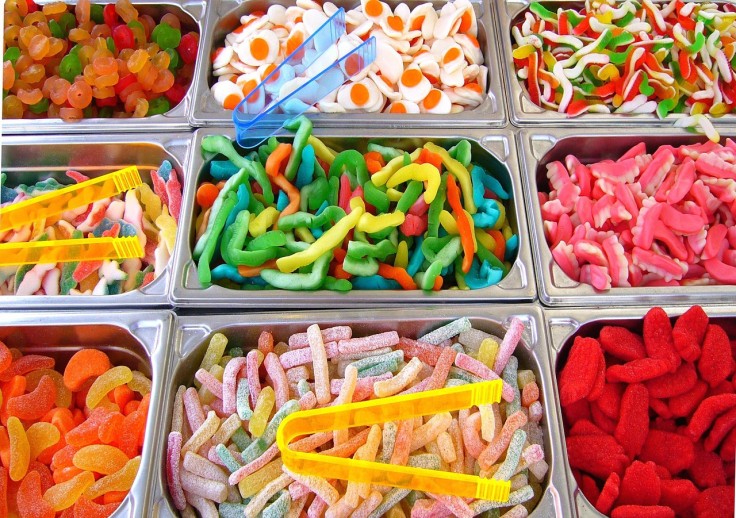
Halloween is synonymous with scary costumes, decorations, and eating all the candies the children collect after trick or treating. While some parents might opt for healthy Halloween candy alternatives to prevent a sugar binge, some nutritionists are sounding off on the trend as this might not be the better option.
Healthy Halloween candy alternatives are often labeled as "sugar-free," "superfood," or "low-carb," and some may have added vitamins, probiotics, and fiber in the ingredients. However, nutritionist Amanda Frankeny told HuffPost that eating too much candy, regardless of what's on the label, will still lead to poor nutrition or cavities.
Frankeny said that these "healthy" treats aren't enough to replace the nutritional value of a vegetable. The only ones who would benefit from sugar-free or low-carb candies are those with medical conditions like diabetes, prediabetes, or insulin resistance.
Don't Deprive Kids this Halloween
Nutritionist Tracy Lockwood Beckerman said that instead of giving healthy Halloween candy alternatives, it would be better for parents not to deprive the children of the annual candy-eating tradition. Parents can still teach their kids to have a positive outlook about sweets if they let them enjoy the candies in moderation.
"Halloween comes once a year and should be enjoyed as is, without making nutritional modifications, if possible," Beckerman said.
Jessica Levinson, another nutritionist from New York, said she doesn't see the need for parents to take away all those candies they collected from trick or treating. They can make this a teaching moment with their children and help them "make choices about what they really like."
On the other hand, parents handing out the candies could opt for those with less dye or flavor in the ingredients if these fit their budget. However, Levinson said that there's no cause for concern if children eat candies with artificial colors or synthetic ingredients in moderation since those treats would not be for sale if it's dangerous to their health.
Avoiding a Sugar Crash
Registered dietician Tamsin Jordan told Women's Health that a sugar crash happens when a person ingests large quantities of sugar within a short period, triggering a rapid rise in the body's blood glucose level. The result of a sugar crash may be bad for the brain, which relies on a steady and consistent supply of glucose. This is why some people develop a headache or a feeling similar to a hangover following a sugar crash.
The best way to avoid a sugar crash is balance, on top of moderated eating. If a child eats a candy treat, they must also have fiber, fat, and protein. For instance, if they want to snack on one candy bar from their Halloween stash, the mom could also offer 10 almonds for fiber and protein. This way, their body won't have fluctuating sugar highs and lows.
As another teaching moment, parents may also discuss with their kids the option to donate the extra candies to Operation Gratitude to send to troops and first responders protecting America. They have a Candy Give Back initiative that has been around since 2007.